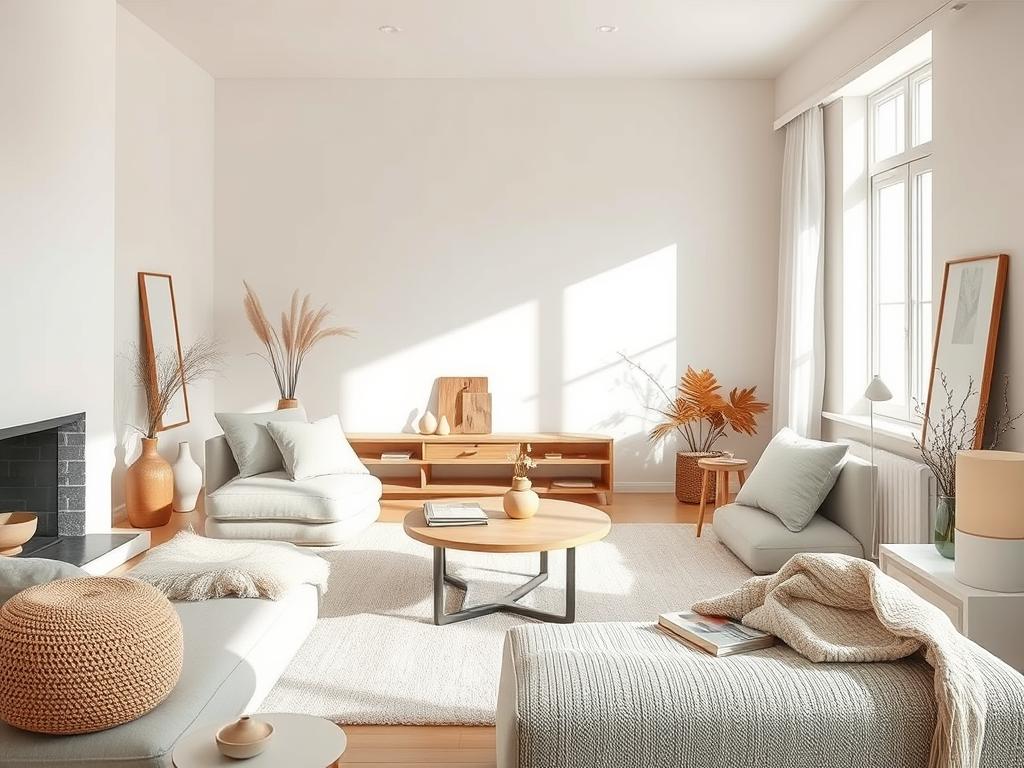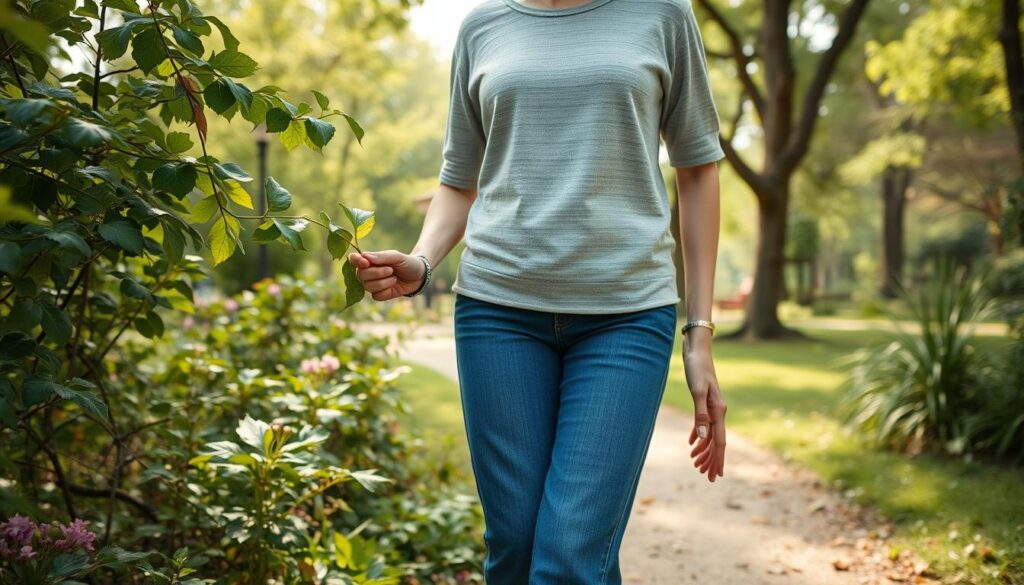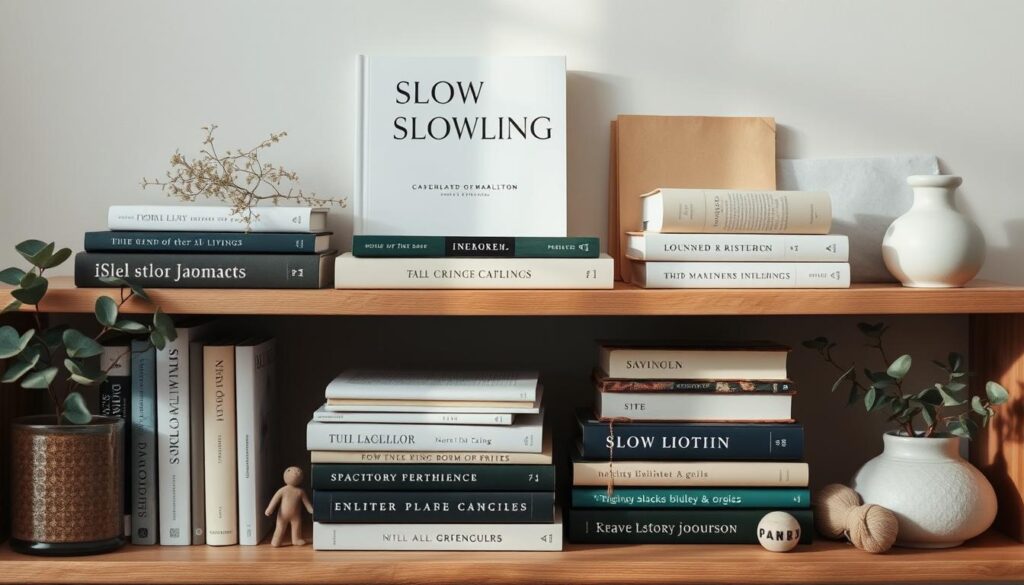What is the Slow Living Lifestyle?
Slow living is a mindset that encourages us to be more intentional with how we spend our time and energy. It’s about creating space in our lives for what truly matters and letting go of the rest. The slow living movement began in the 1980s in Italy as a protest against fast food and has since expanded to encompass all aspects of life.
At its core, slow living means doing everything at the right speed—sometimes quickly, sometimes slowly—but always with awareness and purpose. It’s about reclaiming control over your time and making conscious choices that align with your values rather than being swept along by society’s expectations.
“Slow living is all about creating time and space and energy for the things that matter most to us in life, so ask yourself what you stand to gain.”
The benefits of embracing a slow living lifestyle include reduced stress, increased joy, deeper connections with others, improved mental health, and a greater sense of purpose and fulfillment. Best of all, you don’t need to move to the countryside or make dramatic life changes to begin experiencing these benefits.

1. Declutter Your Schedule
The first step toward a slow living lifestyle is creating breathing room in your calendar. Many of us live in a state of constant busyness, wearing it like a badge of honor. But this perpetual motion often leaves us feeling drained and disconnected from what truly matters.
How to Begin:
- Review your calendar and identify commitments that don’t align with your values or bring you joy
- Practice saying “no” to new requests that don’t serve your priorities
- Block out “white space” in your schedule—time with no planned activities
- Prioritize rest and downtime as essential, not optional
Remember that decluttering your schedule isn’t about doing nothing—it’s about making space for what matters most. When you remove the non-essential, you create room for activities that truly nourish you.

2. Create Tech Boundaries
Technology has given us incredible tools, but it’s also created an expectation of constant availability. Setting healthy boundaries with your devices is essential for reclaiming your time and attention.
Simple Tech Boundaries to Implement:
- Designate phone-free hours, especially during mornings and evenings
- Turn off non-essential notifications
- Create tech-free zones in your home, particularly the bedroom
- Practice the “one screen at a time” rule (no scrolling while watching TV)
- Schedule specific times to check email rather than responding immediately
“Living ‘Slow’ just means doing everything at the right speed – quickly, slowly, or at whatever pace delivers the best results.”
These boundaries aren’t about rejecting technology entirely but ensuring it serves you rather than controls you. Notice how different you feel after even a short digital detox—many people report feeling more present, less anxious, and more connected to their surroundings.

3. Savor Simple Rituals
Small, intentional rituals can anchor us in the present moment and bring unexpected joy to everyday activities. These don’t need to be elaborate or time-consuming—even five minutes of mindful attention can transform an ordinary task into a meaningful experience.
Rituals to Consider:
Morning Rituals
- Enjoying a cup of tea or coffee without distractions
- Five minutes of stretching or gentle movement
- Writing in a gratitude journal
- Reading a few pages of an inspiring book
Evening Rituals
- Taking a leisurely walk after dinner
- Creating a bedtime routine with calming activities
- Reflecting on three good things from your day
- Preparing your space for a peaceful morning
The key is to approach these rituals with full attention, engaging all your senses. Notice the aroma of your coffee, the sensation of warm water on your skin during a shower, or the changing colors of the sky during your evening walk. These moments of presence are the essence of slow living.

4. Connect with Nature
Nature operates at its own perfect pace—seasons change gradually, plants grow steadily, and animals follow innate rhythms. Spending time outdoors helps us reconnect with these natural cycles and can be deeply restorative for our overstimulated nervous systems.
Ways to Connect with Nature:
- Take a daily “awe walk” where you intentionally notice natural beauty
- Bring elements of nature indoors with plants, natural materials, or a small herb garden
- Eat lunch outside when weather permits
- Follow the natural light patterns—waking with the sun and dimming lights in the evening
- Observe seasonal changes in your local environment
You don’t need access to wilderness to benefit from nature connection. Urban parks, community gardens, or even a single houseplant can provide a touchpoint to the natural world. The key is regular, mindful interaction that helps you slow down and observe the world beyond human creation.

5. Shop and Consume Intentionally
The slow living philosophy extends to how we acquire and use material goods. Fast fashion, impulse purchases, and disposable items contribute to both environmental harm and personal clutter. Intentional consumption means buying less, choosing well, and making things last.
Principles of Intentional Consumption:
- Implement a 24-hour waiting period for non-essential purchases
- Research brands to support those with ethical practices
- Choose quality over quantity, even if it means fewer items
- Learn basic repair skills to extend the life of your belongings
- Consider secondhand options before buying new
- Ask yourself: “Does this align with my values?” before purchasing
This approach applies to food as well. The slow food movement encourages us to choose locally grown, seasonal ingredients when possible and to prepare and enjoy meals with intention rather than rushing through them.

6. Embrace Mindful Movement
Exercise doesn’t have to mean high-intensity workouts or competitive sports. The slow living approach to movement focuses on activities that connect you with your body and bring joy rather than those done purely for calorie-burning or achievement.
Mindful Movement Practices:
- Gentle yoga or tai chi that emphasizes breath awareness
- Walking meditation or mindful hiking
- Swimming with focus on the sensation of water
- Gardening or other purposeful physical activities
- Dance or movement that feels expressive and freeing
The goal is to move in ways that feel nourishing rather than depleting. Pay attention to how different activities affect your energy and mood, and prioritize those that leave you feeling refreshed and centered rather than exhausted.

7. Live in the Present
Perhaps the most fundamental aspect of slow living is cultivating presence—the ability to fully inhabit the current moment rather than dwelling on the past or worrying about the future. Mindfulness practices can help train your attention to stay in the now.
Simple Mindfulness Practices:
- Take three conscious breaths whenever you transition between activities
- Engage fully with routine tasks like washing dishes or folding laundry
- Practice “single-tasking” instead of multitasking
- Use sensory anchors (what you can see, hear, feel, smell, taste) to bring yourself back to the present
- Set reminders throughout the day to pause and check in with yourself
“Slow living isn’t about determining how little we can live with – it’s about working out what we simply can’t live without.”
Living in the present doesn’t mean ignoring responsibilities or avoiding planning. Rather, it means bringing your full attention to whatever you’re doing in this moment, whether that’s working on a project, connecting with a loved one, or simply enjoying a moment of rest.

Getting Started with Your Slow Living Journey
As you begin exploring the slow living lifestyle, remember that this is not about perfection or following strict rules. It’s about making intentional choices that align with your values and bring more meaning to your days.
Tips for a Successful Start:
- Begin with just one or two changes rather than overhauling your entire life
- Be patient with yourself—old habits take time to shift
- Notice and celebrate small moments of presence and intention
- Find community, whether online or in person, to share your journey
- Remember that slow living looks different for everyone—create a version that works for your unique circumstances
The beauty of slow living is that it’s accessible to everyone, regardless of location, income, or lifestyle. You don’t need special equipment, a rural homestead, or a complete career change to begin experiencing the benefits of a more intentional pace.

Embracing the Journey
The slow living lifestyle isn’t a destination but an ongoing practice of choosing presence over hurry, quality over quantity, and meaning over mania. Some days you’ll find it easier than others to embody these principles, and that’s perfectly normal.
What matters most is the intention to live more consciously and the willingness to keep returning to that intention when you inevitably get swept up in life’s demands. Each moment offers a new opportunity to slow down, tune in, and choose what truly matters.
🌿 You don’t need to move to the countryside to slow down—just start with one intentional step today.

Continue Your Slow Living Journey
Sign up for our free newsletter to receive monthly slow living inspiration, practical tips, and gentle reminders to help you stay connected to what matters most.
Helpful Resources for Slow Living
Books
- In Praise of Slowness by Carl Honoré
- SLOW by Brooke McAlary
- Seeking Slow by Melanie Barnes
- The Things You Can See Only When You Slow Down by Haemin Sunim
Podcasts
- The Slow Home Podcast
- As the Seasons Turn
- Simple
- Slow Your Home
Practices
- Seasonal living and cooking
- Digital minimalism
- Mindfulness meditation
- Slow travel and local exploration



